Victorian interiors were famed for their opulence, attention to detail and ‘more is more’ approach, but can you tell your Arts & Crafts from your Art Nouveau?
Whether you’re restoring a period property or just keen to embrace a little bit of Victorian luxury in your home, we’ve broken down the key features of this defining décor era.
From fireplaces and floorboards to Gothic Revival style, keep reading to discover out ultimate guide to Victorian Era décor!
What is Victorian style?
The Victorian era was a time of rapid growth, revolution and innovation, and when it came to décor trends, there was certainly no exception.
With the Industrial Revolution developing mass production methods, homeowners were suddenly able to fill their houses with affordable products, and a ‘more is more’ approach quickly began to take hold.
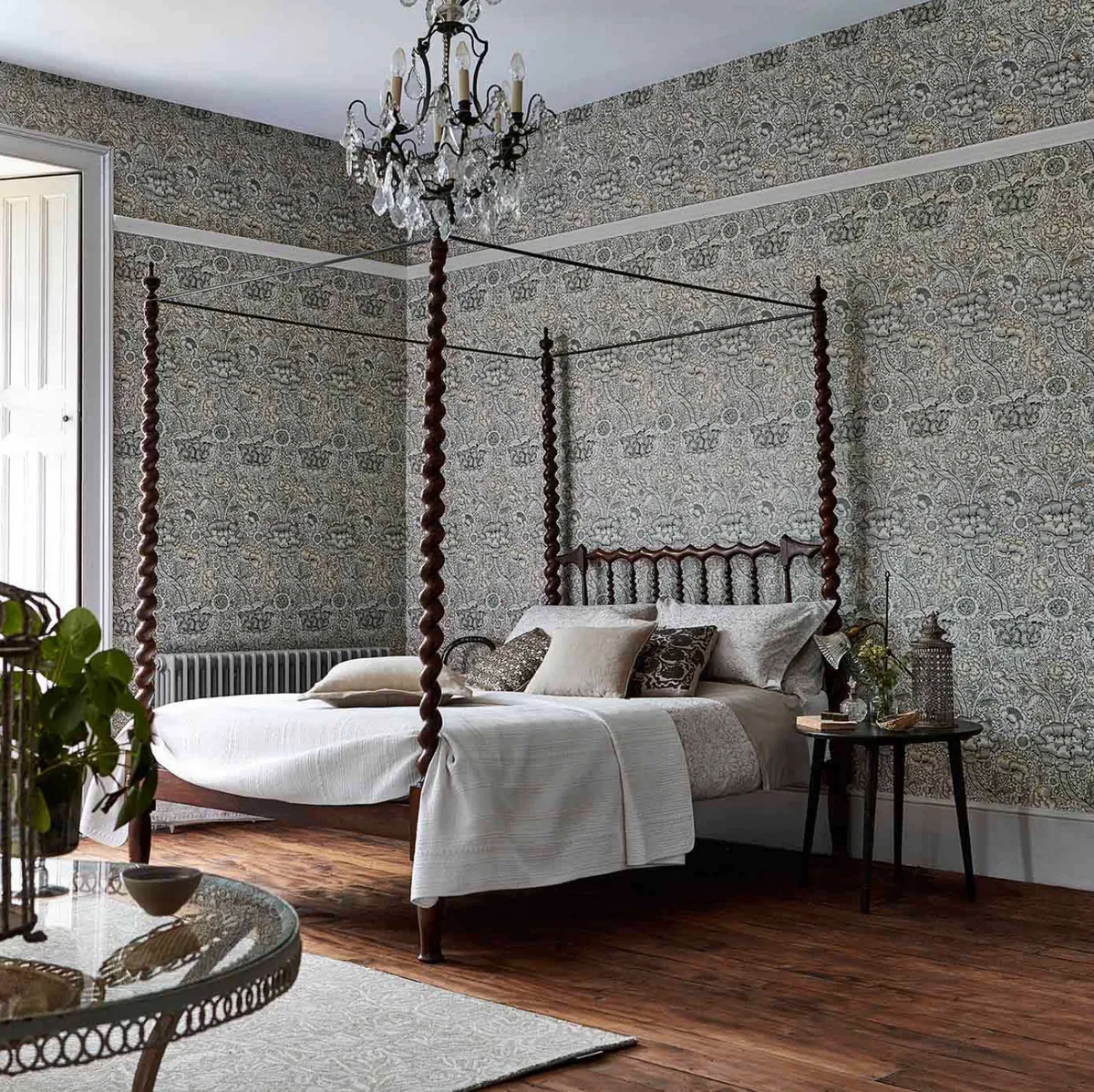
The size and wealth of the middle class continued to grow under Queen Victoria’s reign, and it soon became the norm to show off your new-found status through lavish displays in your home. But, while the mention of the words ‘Victorian style,’ will have most of us picturing ornate plasterwork, carefully carved dark wood furniture and heavy, luxurious fabrics, there were also a number of more delicate décor trends that arose between the years of 1837 and 1901.
Below, we’ve broken down some of the different key décor styles that emerged during the Victorian Era.
Gothic Revival
The ‘Gothic Revival’ was an architectural movement that began in the late 1740s, but peaked in popularity during the reign of Queen Victoria. Many Victorians idealised the Medieval era, and as a result, people began to favour the highly decorative style of the Middle Ages in their own homes.
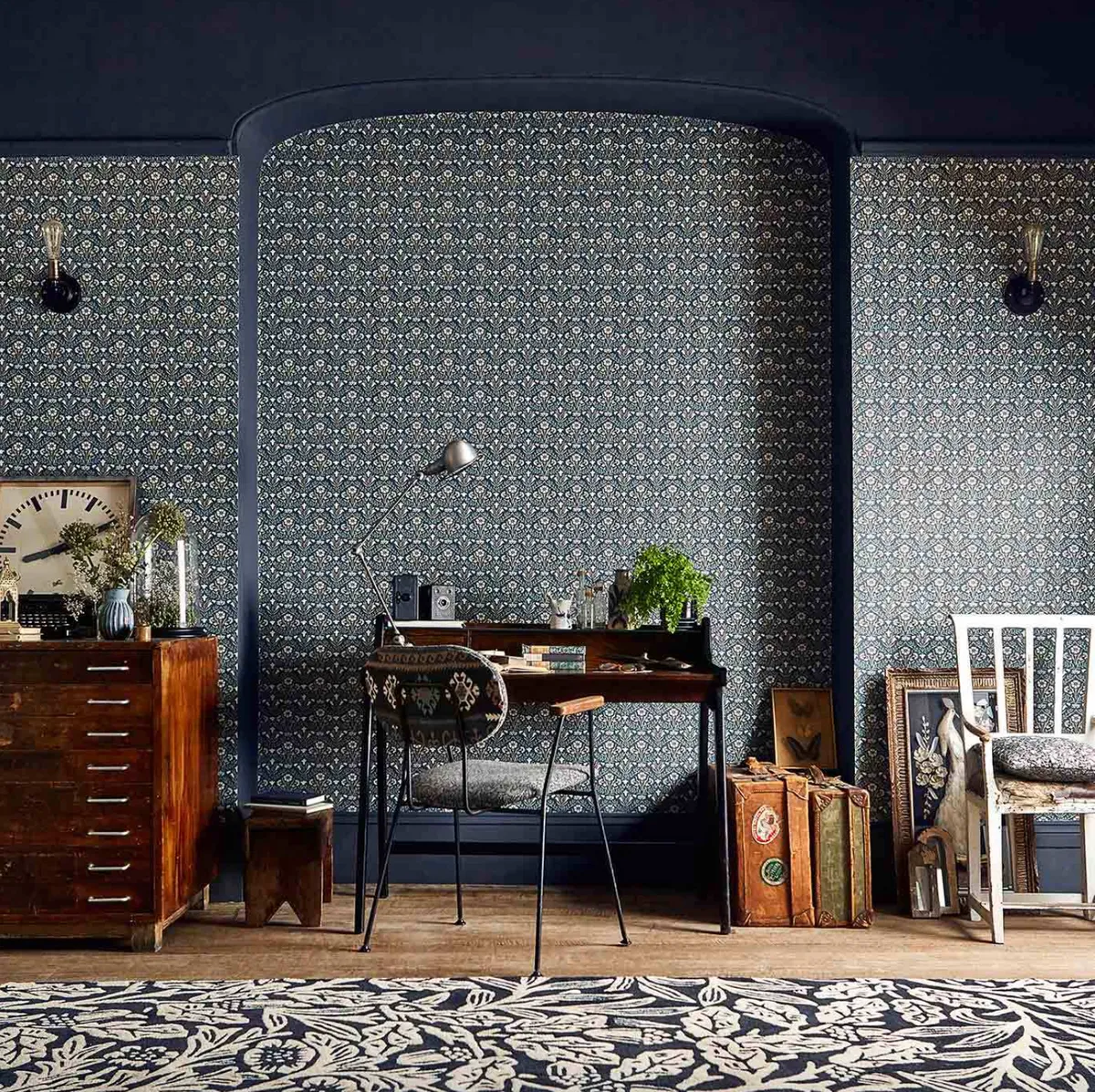
Traditional Gothic style championed plenty of rich colours, materials and intricate patterns, and architecture echoing that of Medieval churches – think stained glass windows, pointed spires, arches and gargoyles – became widespread, even in domestic spaces.
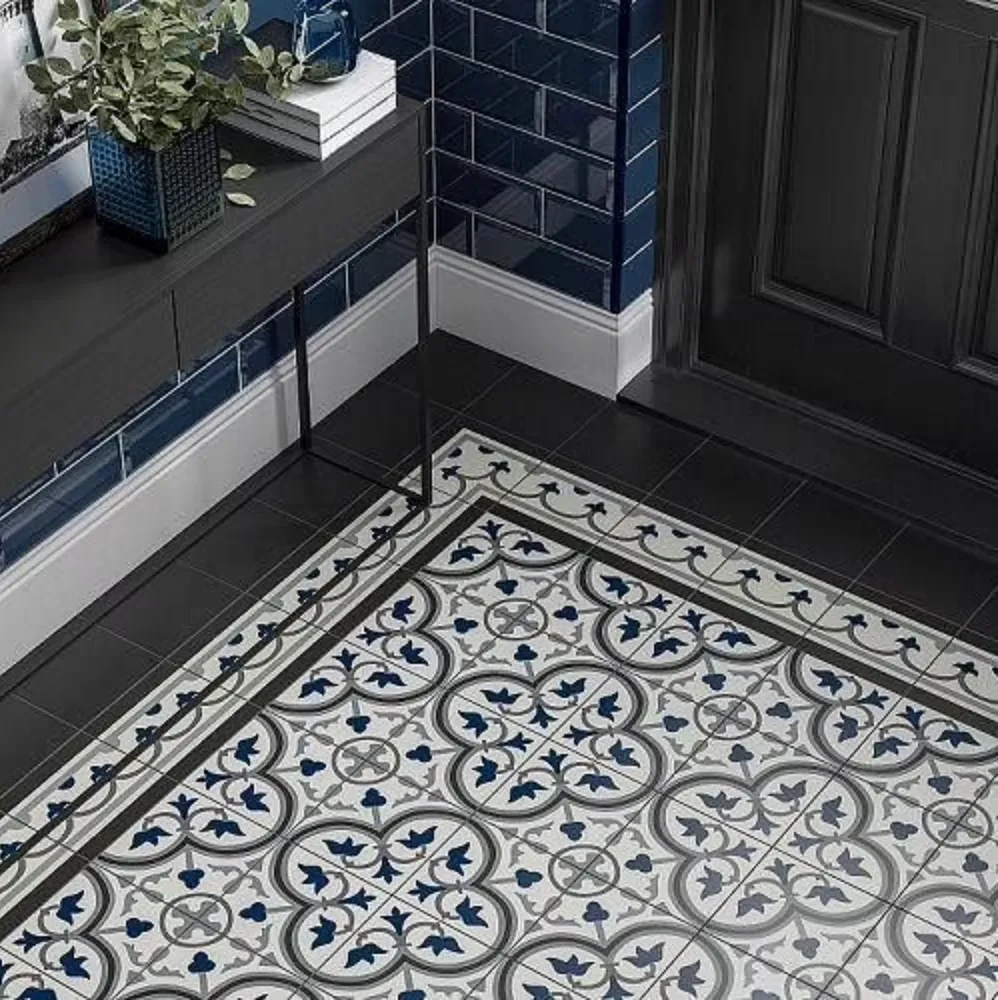
If you’re looking to achieve a Gothic-inspired scheme in your own home, Victorian or otherwise, try pairing dark colours like red, green and black with ornate cast iron accents, fringed accessories and decorative wall arches.
Jacobethan
Starting in the late 1820s, 'Jacobethan style' began to emerge as a décor influence. Sometimes referred to as ‘Tudorbeathan’ style, the trend saw many people replicating the décor and architecture style of Tudor and Jacobean England inside their homes, with wooden beams, tapestries and floral crewel embroideries becoming the height of fashion.
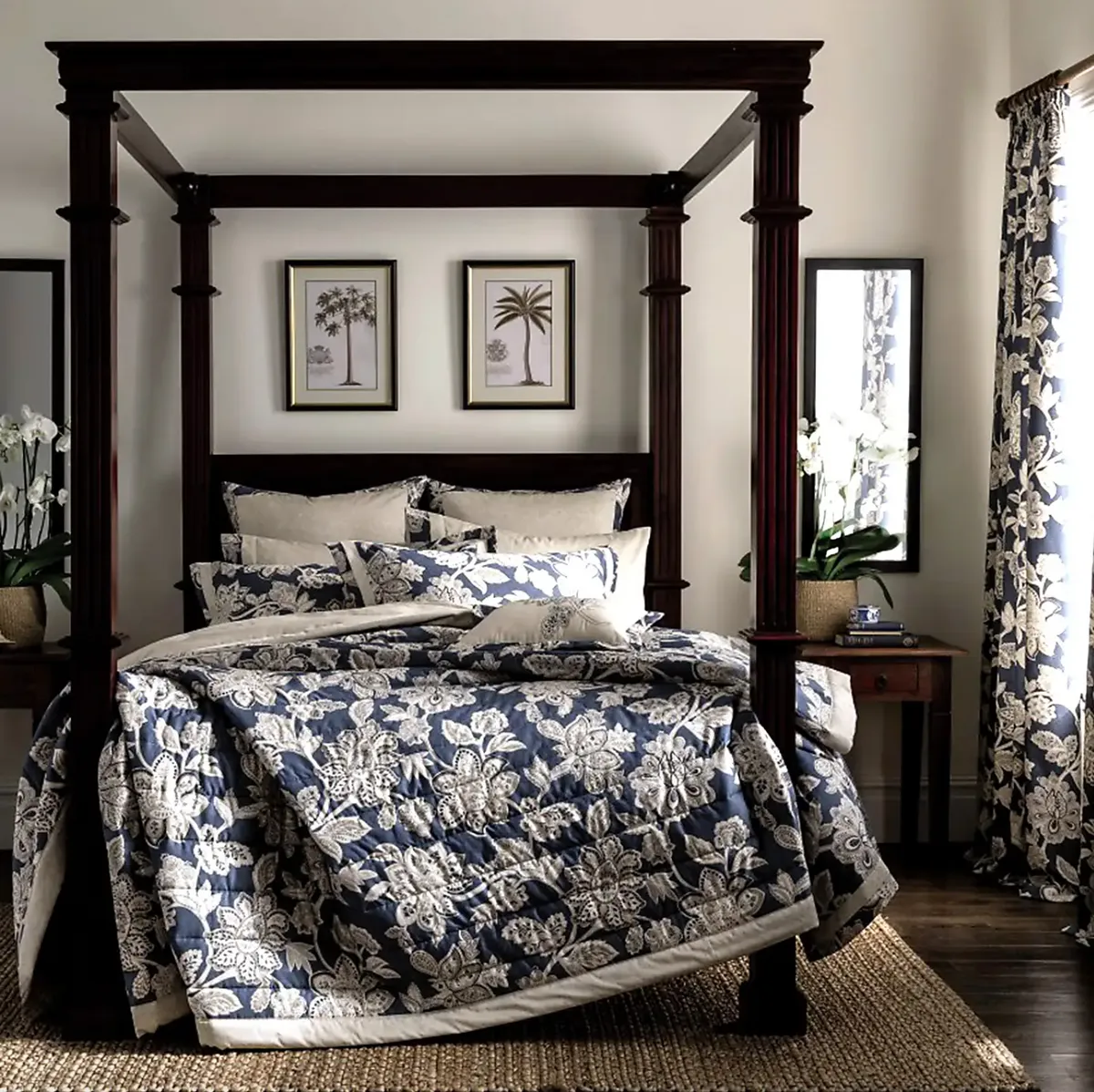
To achieve a Jacobethan-inspired look in your own Victorian property, think exposed beams, four poster beds, lattice on the windows and oak panelling. Accessorise with velvet, damask and brocade fabrics, especially draped in your bedroom, and opt for floral motifs and symbols like the fleur-de-lys. Brown, gold, red and green shades work best!
Arts & Crafts
Perhaps one of the most famous movements to emerge from the Victorian era, the Arts & Crafts style came about as a direct reaction to the Industrial Revolution. Disillusioned with the impersonal nature of mass produced goods, and the negative impact that mass production was having on social conditions, artists like William Morris took inspiration from traditional methods of craftsmanship and folk styles. The result? A light, airy décor that was completely different to the heavier, dark furnishings from the early years of the Victorian Era.
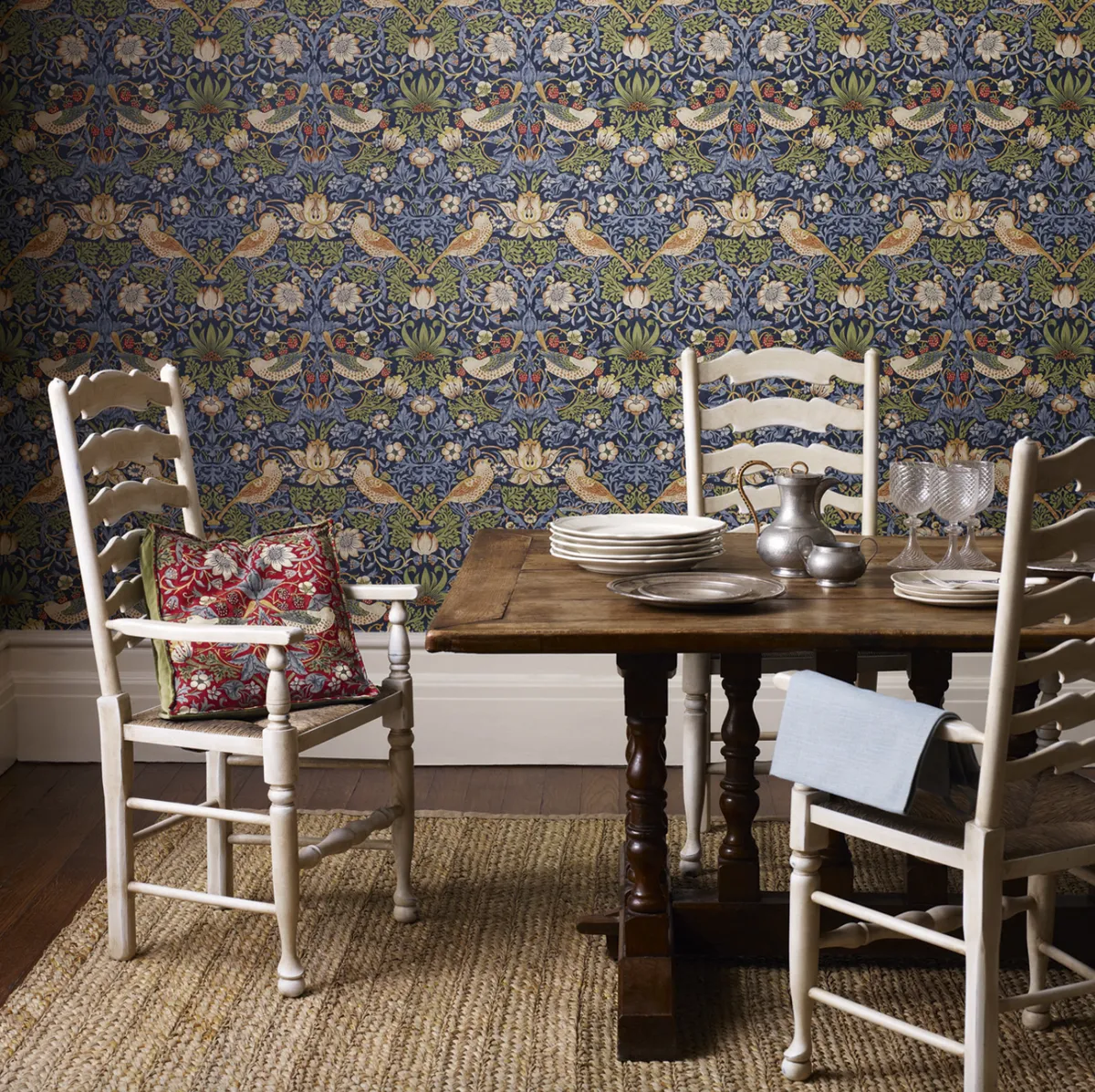
If you want to decorate your home in an authentic Arts & Crafts style, the key is to remember craftsmanship and quality. The Arts & Crafts movement was all about emphasising natural materials and motifs, so look for unique items made with simple organic materials.
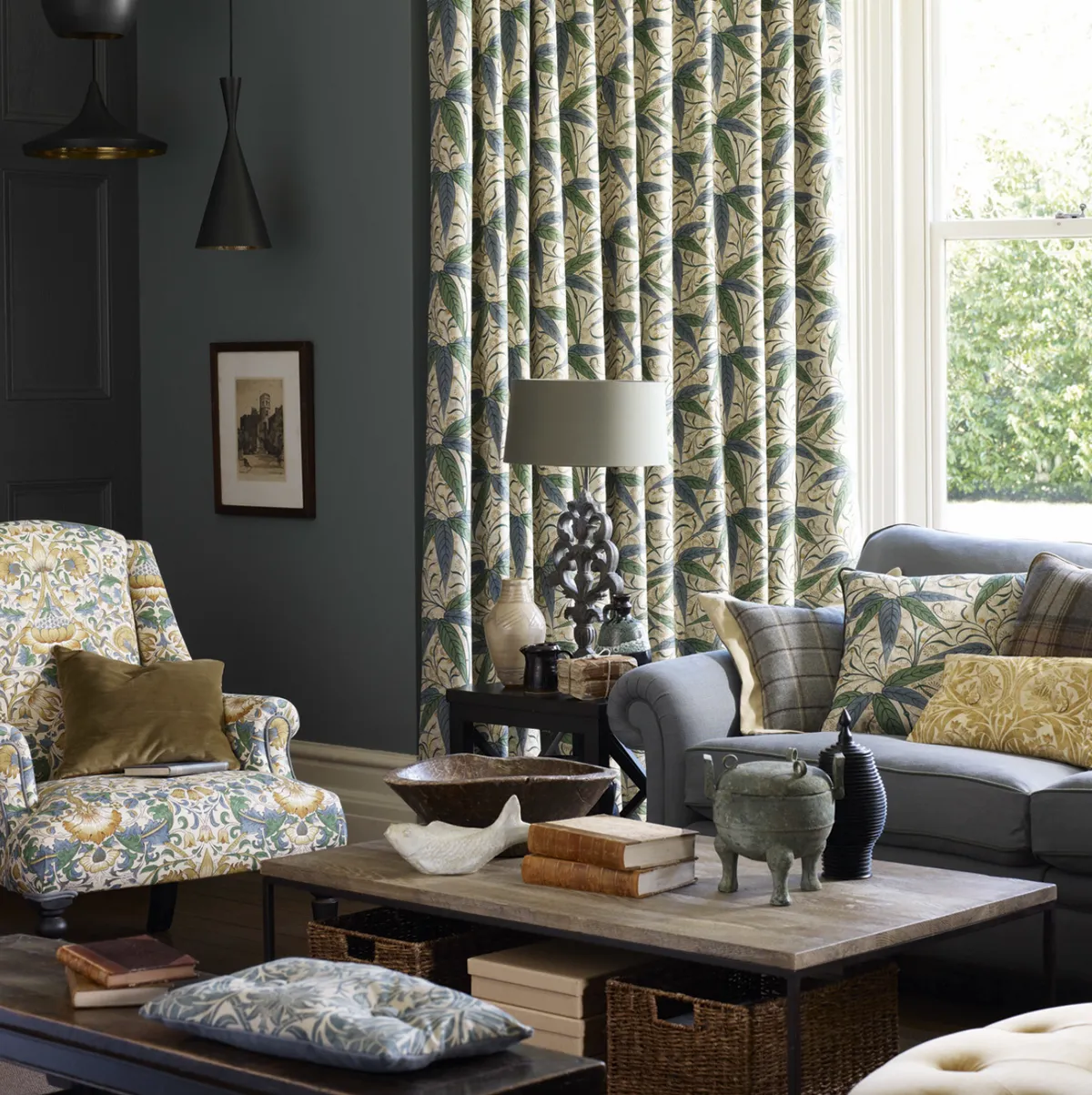
Opt for wallpaper and fabrics with flora and fauna patterns, and complete the look with William Morris prints in poster, accessory or soft furnishing form!
Aestheticism
Much like the Arts & Crafts movement, Aestheticism emerged in the 1860s as a direct response to the ‘ugliness’ of the industrial age. The mantra of the movement was 'art for art's sake,' and it focused on producing things that were beautiful to look at, not just things that had a practical purpose or deep meaning.
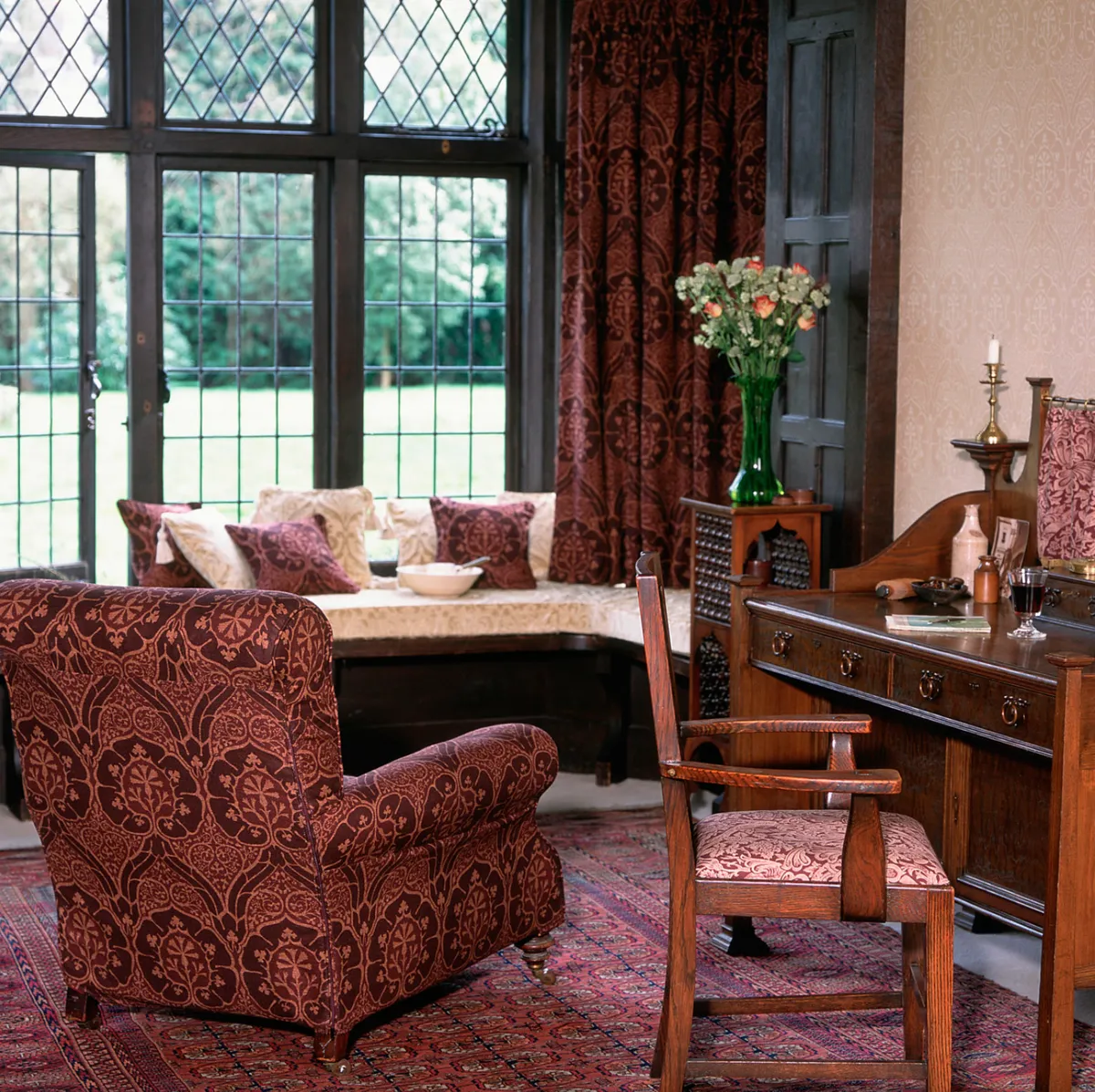
When it came to home décor, Victorian Aesthetic artists were heavily influenced by the clean shapes and natural motifs of Japanese design, such as leaves, birds and flowers - especially sunflowers. Blue and white ceramics are also a characteristic of aesthetic decor, used not only for china dinnerware and accessories but also for tiles.
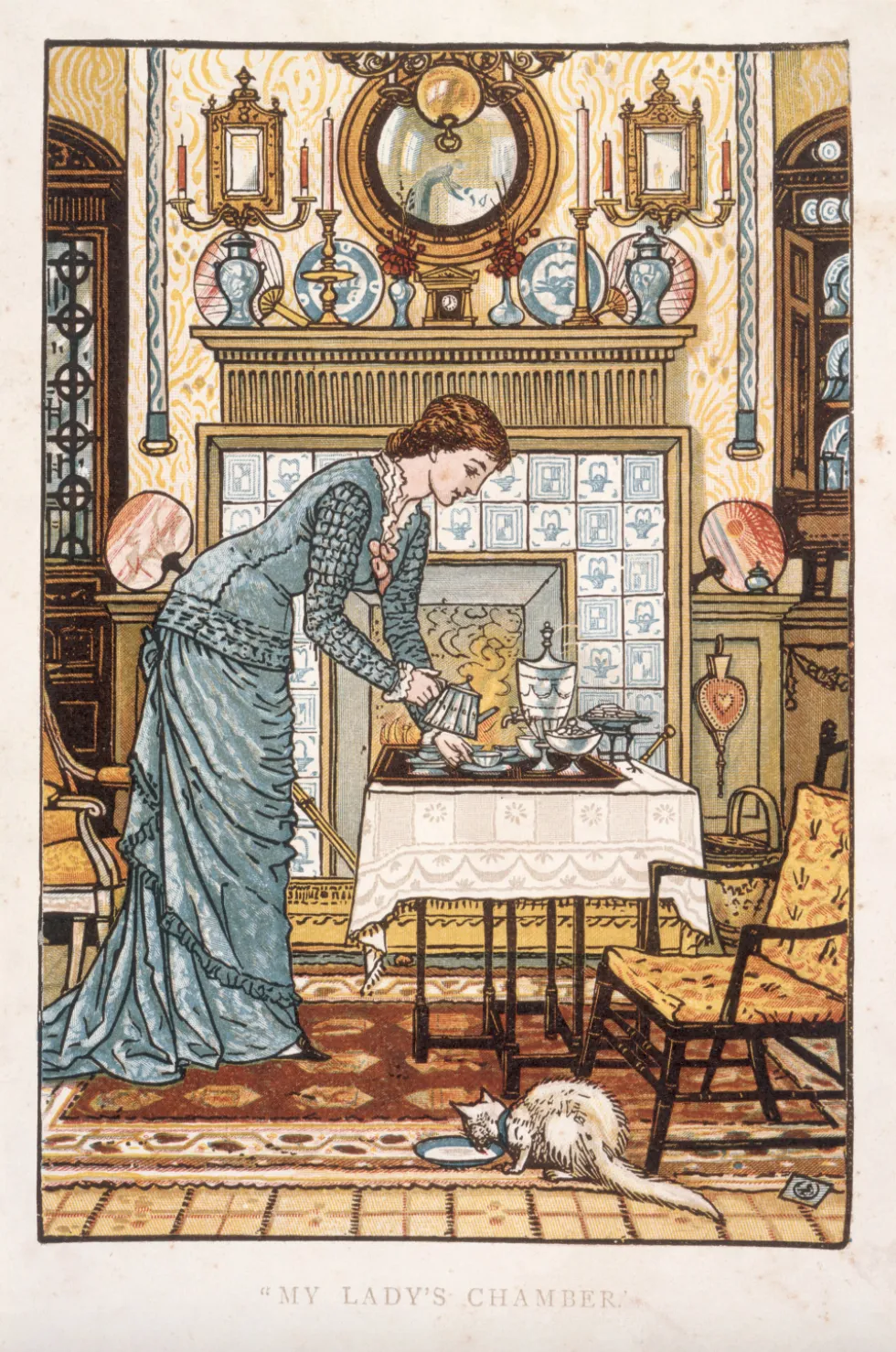
To achieve the look in your own home, the key is to see every element of your home as an opportunity to introduce beauty – think stained glass windows, decorative hooks and ornate furniture.
Art Nouveau
Emerging at the end of Queen Victoria’s reign, Art Nouveau was a highly ornamental style of art, largely influenced by the Arts & Crafts movement and Aestheticism. Whether displayed in ironwork, glass, ceramics or architecture, Art Nouveau style can be identified by its inclusion of a long, organic and asymmetrical line, often taking the form of flower stems, insects or other elements of nature.
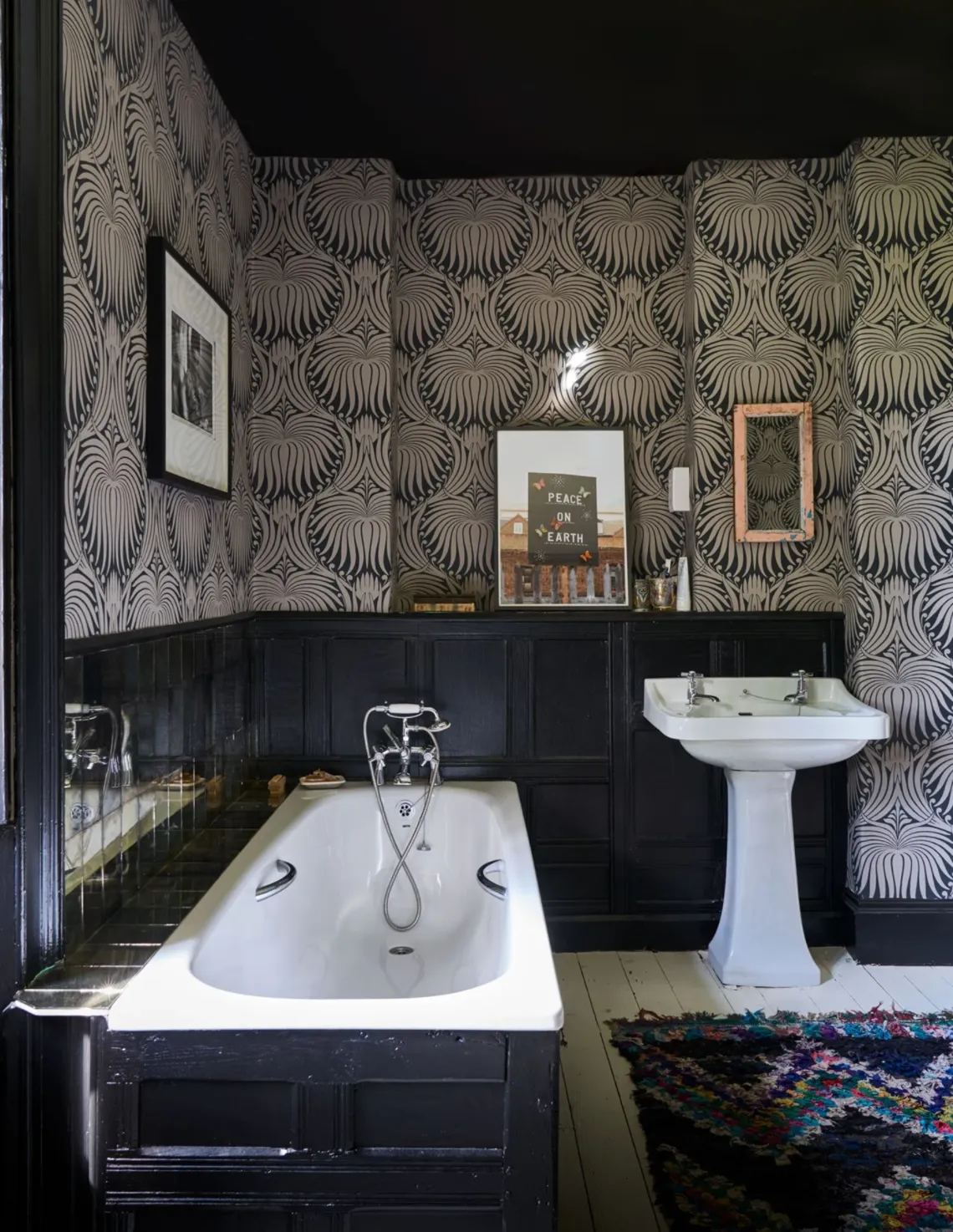
If you’re not lucky enough to have a late Victorian home that still holds its original Art Nouveau features, there are still plenty of ways you can introduce the style into your home using décor. Choose ashy colours and furniture with curved, rounded lines. Complete the look with flowing ironwork or fixtures – such as door handles – that feature a traditional Art Nouveau design.
Victorian house inspiration
Victorian plasterwork
The typical Victorian home would have been packed full of ornate cornicing and ceiling roses, with the more intricate detailing being reserved for the most important rooms in the house. Reception rooms, for example, would have the most detailed ceiling roses and cornicing, whilst that of a bedroom – although still very decorative compared to modern standards – would have been a bit more subtle.
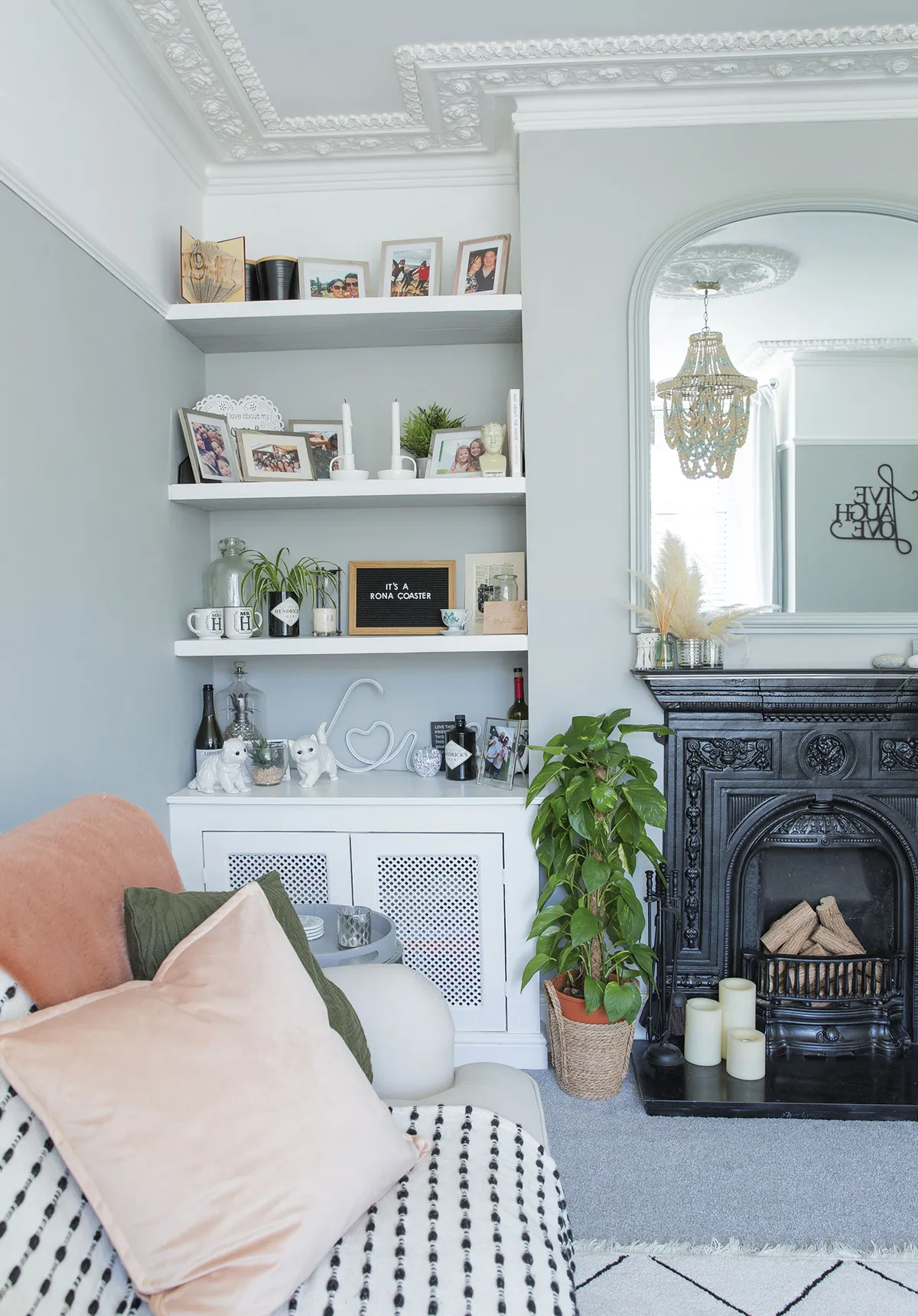
If you’re lucky enough to still have the original Victorian ceiling features in your home, you can get the most out of them by cleaning any mould with a bleach solution, and removing excess paint with a paint stripper.
If your ceiling doesn’t have its original features, don’t fret! Replica ceiling roses are available in lots of different styles and at varying price points, perfect for adding an elegant touch to your space. You can get your hands on traditional plaster roses from around £50, or lightweight but resilient polyurethane versions from £30 and upwards.
Victorian fireplaces
Although they may have been taken out by more recent occupants, most Victorian houses would have had a fireplace in every room when they were built. You can recognise an early Victorian fireplace by its ornate detailing, iron casting and floral patterns, while late Victorian fireplaces and Edwardian boast a more simplistic, minimalist design.
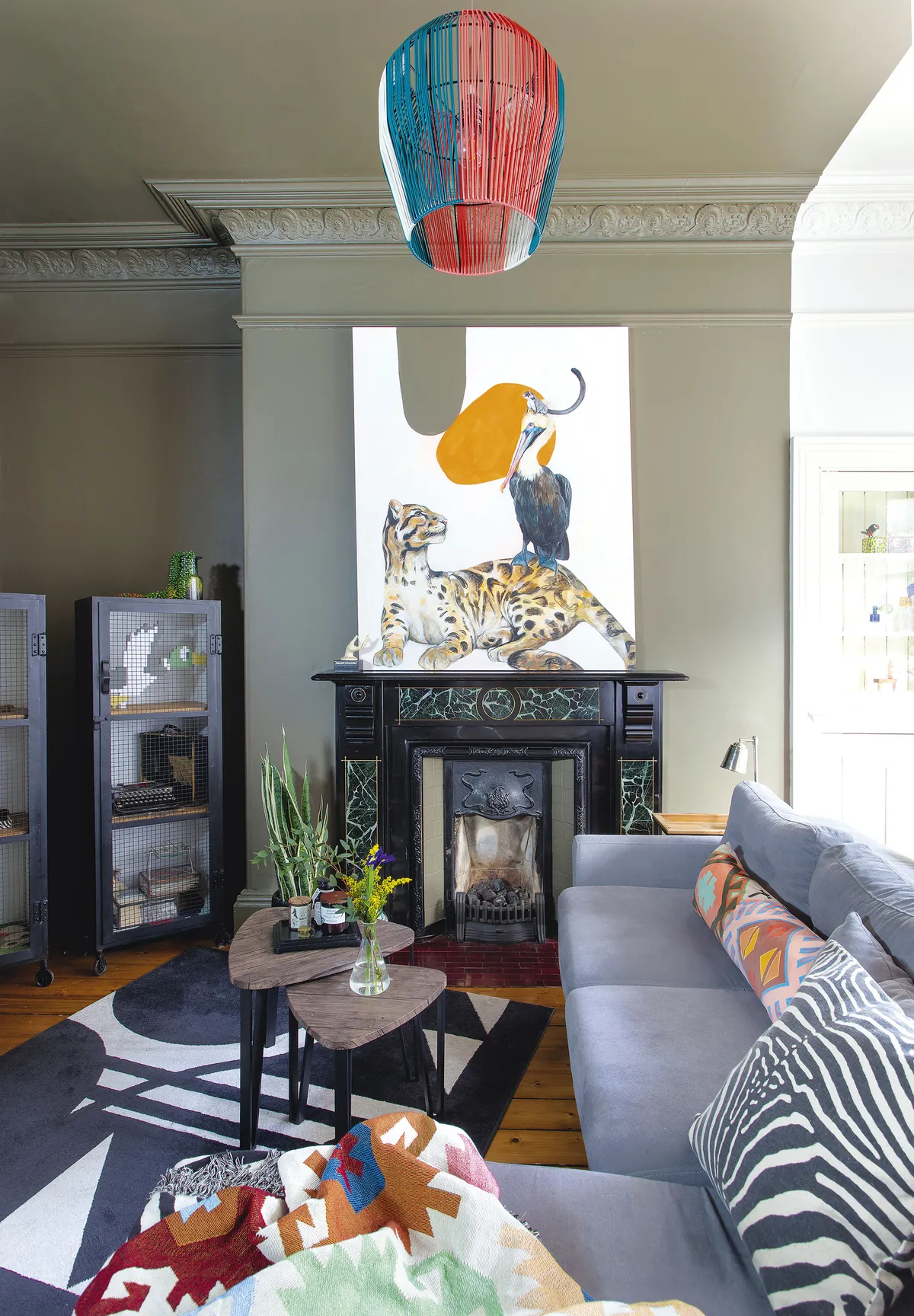
If you're lucky enough to have the original fireplace in your home, you can keep it looking its best by regularly cleaning the glass door, and sweeping soot from the floor of the firebox after every fire.
Want to achieve a cosy Victorian feel without splashing out on an original fireplace? Keep an eye out for second-hand cast iron mantelpieces - you can simply fix them to the wall to create a faux fireplace.
Victorian tiles
Perhaps one of the most coveted features of Victorian décor, encaustic floor tiles are a defining characteristic of late Victorian terraced houses. Typically unglazed, square and made out of locally sourced clay, Victorian tiles featured striking geometric patterns and were used to bring colour to garden walkways and hallways, as well as being highly practical.
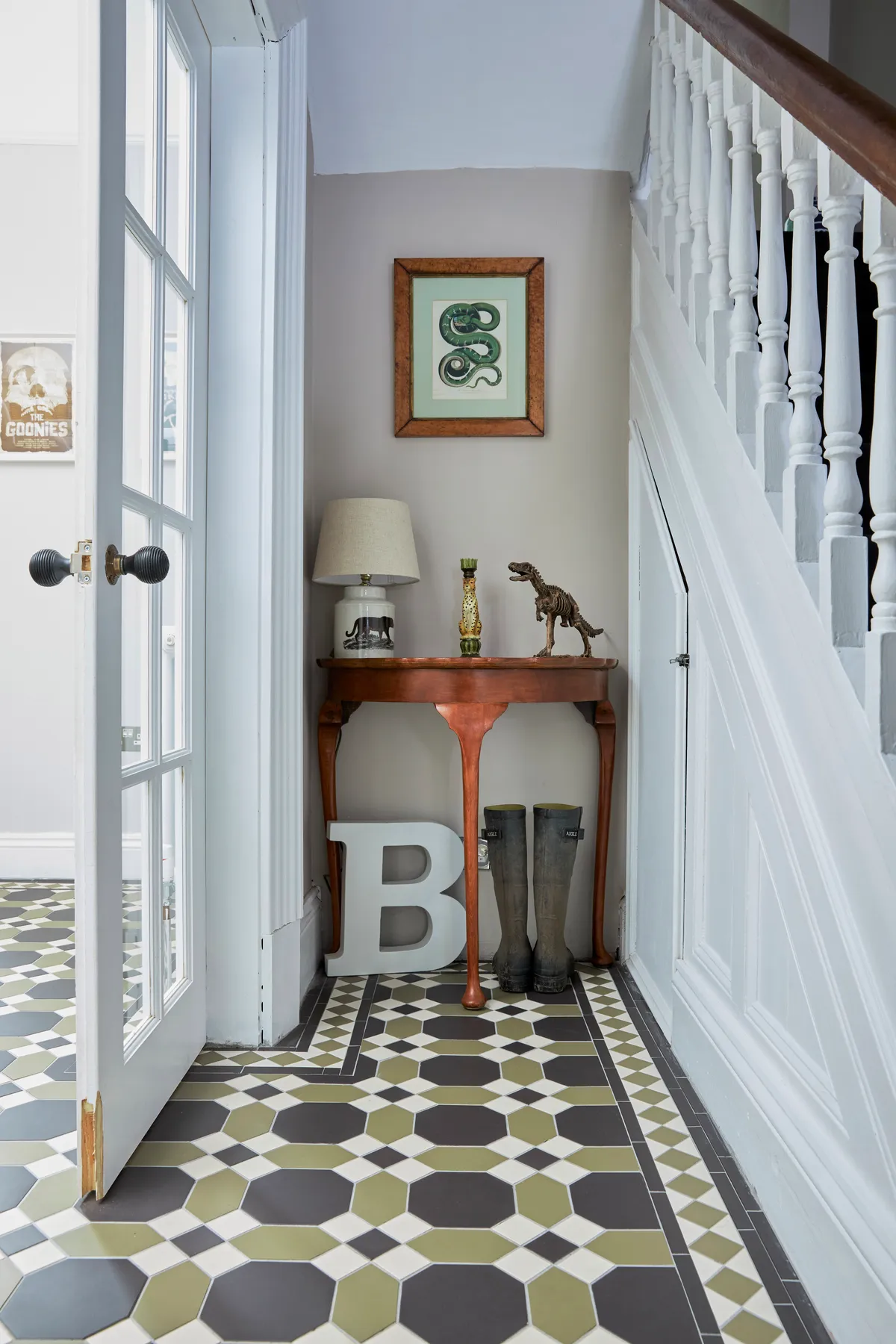
Original Victorian tiles are a great investment thanks to their durability, but if your budget doesn’t quite stretch, there are hundreds of replicas on the market that will give you a similar effect in your home. For a modern take on traditional, try using the tiles on kitchen splashbacks and in bathrooms, as well as in flooring.
Victorian colour palette
Although we tend to associate deep, dramatic and luxurious tones with Victorian Era décor, a ‘typical’ Victorian colour palette was really dependent on the style of a home, and the time period in which it was decorated. While a Gothic scheme would have favoured rich red and maroon, dark greens and deep browns, an Arts & Craft inspired home would have displayed plenty of nature-inspired shades – think rustic green, wicker-toned beige, subtle gold and enamel blue.

An Art Nouveau home, on the other hand, would see antique browns and subtle sage, mixed with a dash of powder pink or muted teal. Whatever scheme you opt for in your own home, try going for paint brands that specialise in period colours for an authentic look. Farrow & Ball, Craig & Rose and Little Greene all stock ranges that’ll breathe new life into a historic property.
If you're renovating a period property, check out this fab guide to restoring a Victorian home by our sister publication, Homes & Antiques.
Looking for more period home inspiration? Check out our guides to Edwardian house style and Georgian interiors.


